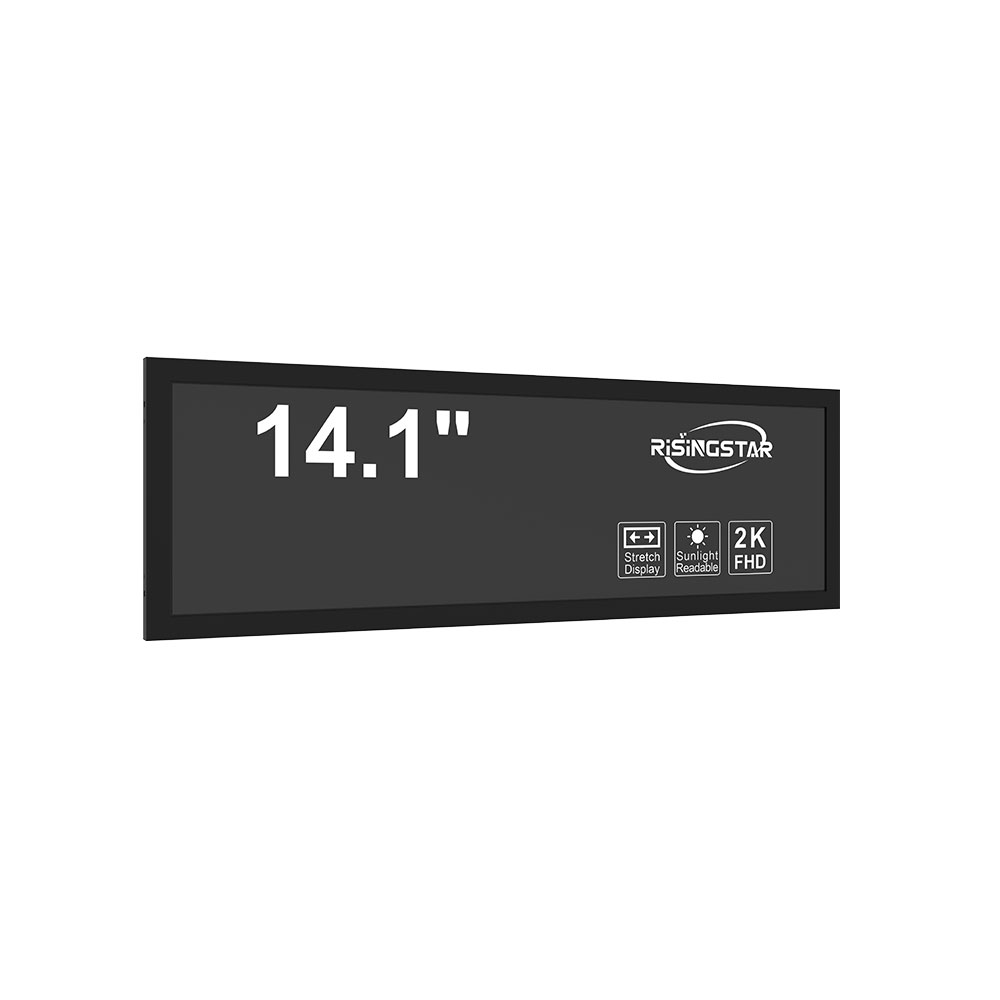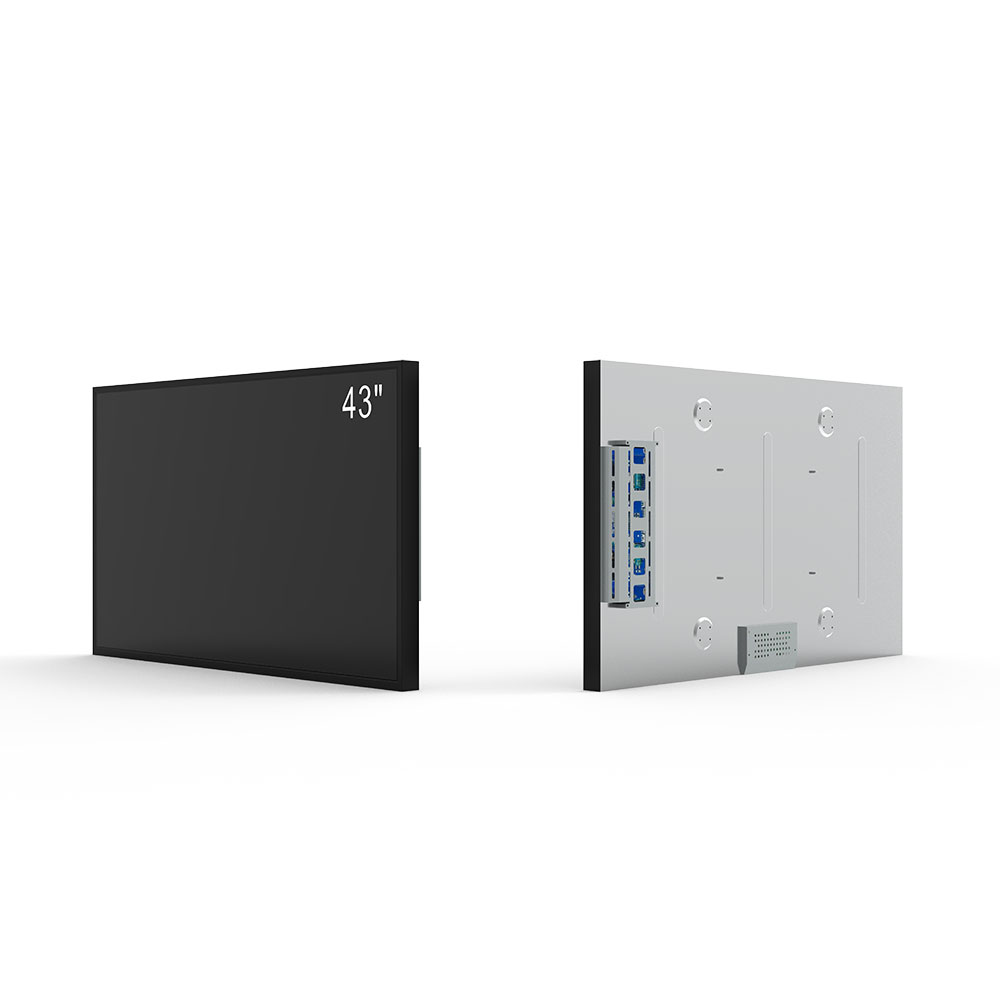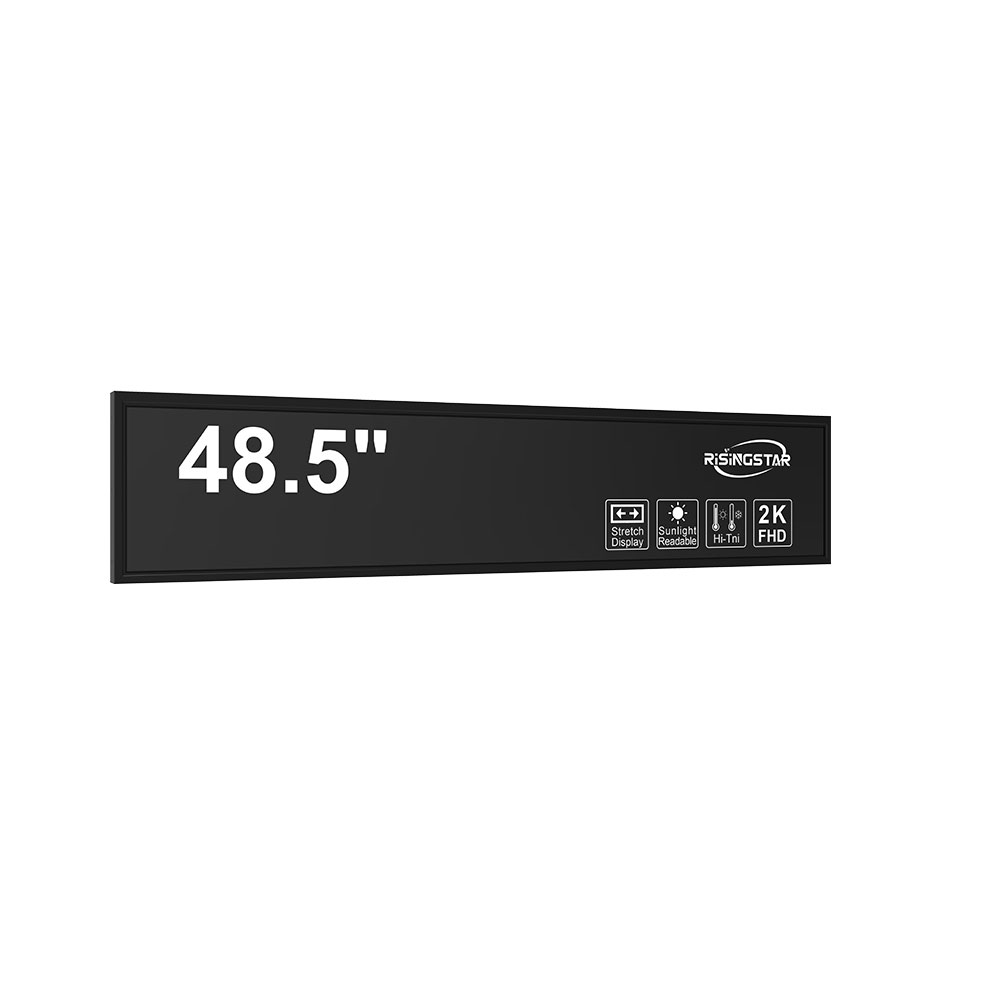- Home
- About Us
- Products
- News
- Video
- Contact
- Send Inquiry
Search
- Home
- About Us
- Products
- News
- Video
- Contact
- Send Inquiry

The LCD monitor industry in China has evolved into one of the most dynamic and competitive sectors globally, driven by rapid technological advancements, strong domestic demand, and robust manufacturing capabilities. As of 2024, China remains the largest producer and exporter of LCD monitors worldwide, accounting for over 65% of global production capacity according to data from the China Electronics Association (CEA). This dominance stems from a mature supply chain, significant government investment in semiconductor and display technologies, and a growing ecosystem of local manufacturers such as BOE Technology Group, TCL, and Innolux.
One of the key drivers behind China’s leadership in LCD technology is its focus on high-brightness and energy-efficient displays. Many Chinese manufacturers now produce monitors with peak brightness levels exceeding 1,000 nits—ideal for outdoor applications like digital signage, retail kiosks, and public transportation systems. For instance, BOE’s latest outdoor-rated LCD panels use advanced anti-reflective coatings and polarization techniques that reduce glare while maintaining image clarity under direct sunlight. These innovations are increasingly adopted by international brands looking to source cost-effective yet high-performance displays.

Moreover, the integration of smart features such as USB-C power delivery, HDMI 2.1 support, and adaptive sync (FreeSync/G-Sync compatibility) has become standard in mid-to-high-end models manufactured in China. According to a 2023 report by Display Supply Chain Consultants (DSCC), Chinese producers now account for over 70% of all global LCD monitor shipments featuring these modern connectivity options. This shift aligns with consumer preferences for seamless multi-device ecosystems, particularly in remote work and hybrid learning environments post-pandemic.
China also leads in the development of mini-LED backlighting and quantum dot (QLED) enhancements for LCDs, bridging the gap between traditional LCDs and OLED displays. These technologies improve contrast ratios and color accuracy without the high cost or burn-in risks associated with OLED. Companies like TCL and Hisense have commercialized QLED LCD monitors priced below $300, making them highly competitive in both developed and emerging markets.
In addition to hardware innovation, Chinese firms are investing heavily in software optimization through built-in calibration tools, AI-based brightness adjustment, and ergonomic design features such as height-adjustable stands and TÜV-certified blue light filters. These enhancements reflect a deeper understanding of user experience and health-conscious design trends, especially among professionals in creative industries and education sectors.

From a market perspective, China's internal demand continues to grow due to urbanization, rising disposable incomes, and increasing digital literacy. The country's "New Infrastructure" policy, launched in 2020, further stimulates adoption of industrial-grade LCD screens for smart city projects, including traffic management systems, environmental monitoring, and automated retail solutions.

For international buyers, sourcing LCD monitors from China offers compelling advantages: lower costs, faster turnaround times, and access to customized solutions tailored to specific application needs—from medical imaging to automotive dashboards. However, quality control remains a critical factor; leading manufacturers adhere to ISO 9001 standards and employ rigorous testing protocols to ensure reliability and longevity.
As we move into 2024, China’s LCD monitor sector demonstrates not only volume leadership but also a strategic pivot toward value-added, intelligent, and environmentally sustainable products. Whether you’re an OEM seeking scalable production, a retailer targeting budget-conscious consumers, or a developer integrating displays into IoT devices, China’s LCD ecosystem provides unmatched flexibility, innovation, and scalability.